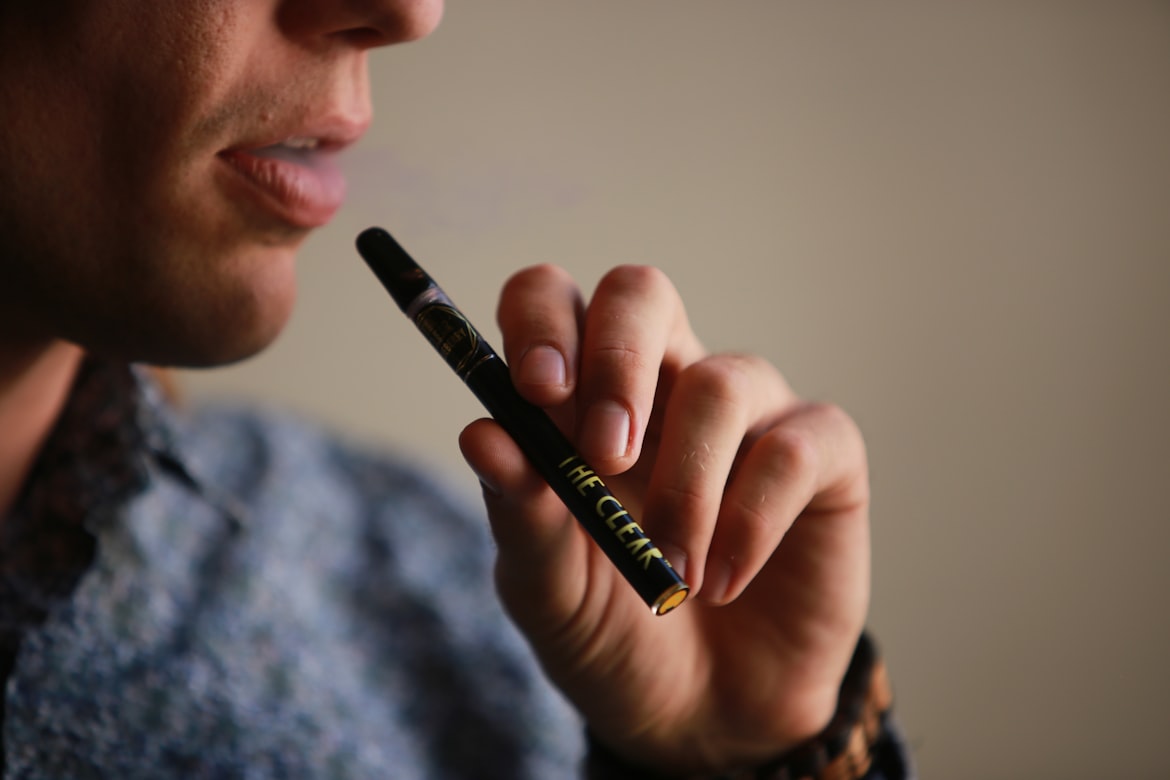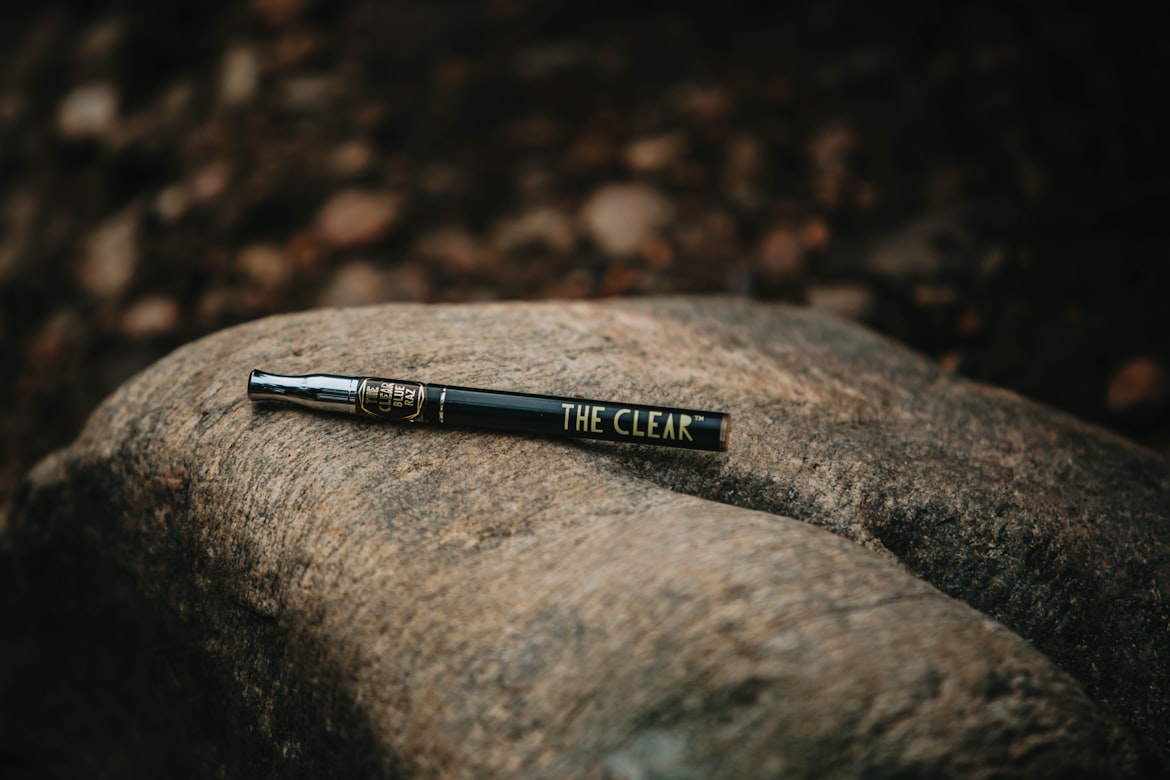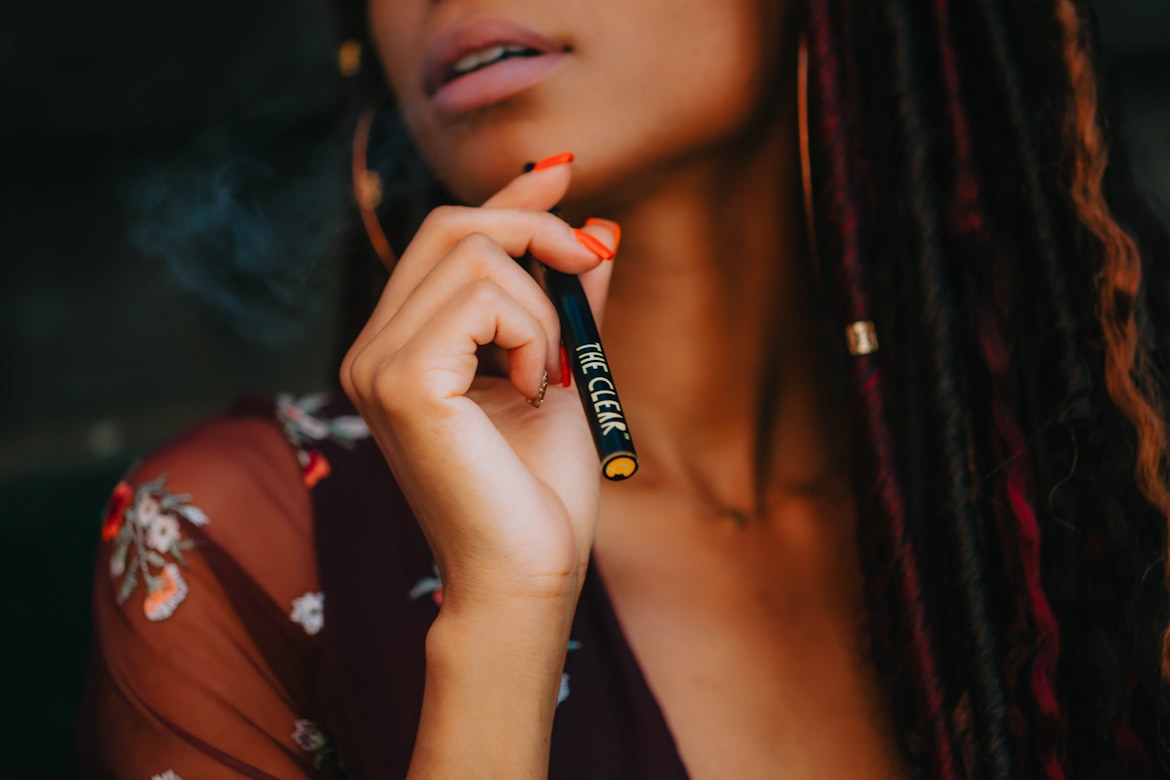CBD Vaping is still an emerging trend, and most of the population is still unfamiliar with the phenomenon, which has led to the proliferation of various fallacies concerning this particular method of cannabis consumption. Some of these misconceptions may discourage people who already smoke marijuana from considering vape pens as an alternative to traditional smoking. Spreading these myths also prevents others from seeing vaporizers as a simple and practical way to enjoy hemp.
However, research indicates that vape pens are a less toxic method of consuming marijuana than smoking, especially given that vaporization produces the purest form of terpenes and cannabinoids and contains less than 0.0001% of harmful substances associated with combustion. Most people propagate these myths due to a lack of information, which is why we aim to dispel some of the most frequent fallacies regarding CBD vaping to curb the spread of false information.
What Is CBD?
CBD is short for cannabidiol, a psychoactive substance that the cannabis plant produces. Cannabidiol is one of more than 100 distinct kinds of these chemicals, known as cannabinoids, in the hemp plant. CBD works with the endocannabinoid system, a crucial chemical system that communicates with both the central and peripheral nerve systems and aids in the regulation and execution of numerous vital bodily activities.
Sleep, appetite, memory, mood, and many more processes are among these fundamental processes. CBD binds to receptors in this system and increases the efficiency of many of these crucial bodily and mental processes. The soothing effects of CBD and its advantages for general wellness are well established, leading to more individuals turning to CBD consumption.
What Is Vaping?
In layperson’s terms, it is a practice that entails using an electronic cigarette, vape pen, or other similar equipment to inhale a specially weed-infused vapor. According to research, electronic cigarettes were initially developed in China in 2003 to dispense nicotine in measured quantities, and their uses and technology have evolved. It is crucial to keep in mind that the technique of drawing in vapor for inhalation has been practiced for decades.
People have used steam inhalation methods for centuries, including saunas, hookah pots, natural hot springs, and aromatherapy diffusers. However, according to a study, some shared inhaling activities could increase your susceptibility to contagious diseases, especially if you’re in a confined space or using shared equipment. Fortunately, vape pens present a more independent and flexible consumption method, as they are only intended for individual usage. Here are a few myths surrounding CBD vaping and facts to debunk them.
Myth: CBD Vaping Is More Dangerous than Traditional Smoking
Vaping and smoking are two very distinct activities. When you smoke, you inhale the smoke from burning plant material, whereas when you vape, the vapor you inhale is liquid-based. Smoking includes burning cannabis or dry tobacco, and various chemical reactions result from this combustion process.
Unfortunately, burned plant matter can release poisons, including arsenic, benzene, and even formaldehyde. Experts say that CBD vaping dangers are extremely low compared to those associated with smoking. Initial findings reveal that contrary to smoking, vape juice is free of carbon monoxide and dangerous tar and exposes users to fewer pollutants.
Myth: CBD Vaping Is Similar to Nicotine E-Vaping
Most users need education on the distinction between smoking CBD and conventional, nicotine-based vape juice. The amount of nicotine in the formulation of various common e-juices is drawing criticism because it is well-known to be an addictive substance that is especially dangerous for usage by youth.
Although it is possible to incorporate nicotine and other substances with CBD in vape juice, the CBD vape juices from most reputable manufacturers are devoid of hazardous chemicals. Along with this misconception, people often wonder if vaping CBD is safe. CBD vape juice typically has fewer chemicals, focusing on the cannabinoid compound and the flavors that give the juices their distinct qualities.
Additionally, most CBD e-liquids utilize full-spectrum cannabis extracts, which contain natural ingredients entirely safe for inhalation. Some vape juices contain pure CBD isolate blended with many tantalizing flavors to create a pleasurable and safe smoking experience. Vaping a quality CBD product is safe, and many users say it’s the best technique to enjoy cannabis mainly because vaporized CBD is more easily assimilated by the body, resulting in quicker effects.
Myth: CBD Vape Devices Are Difficult to Use
Some smokers may be reluctant to switch to vaping if they are more accustomed to traditional methods, such as rolling joints on their lap or filling bowls for big hits from a water pipe or bong. They may dismiss it as too difficult. Despite the widespread assumption that vaping devices are difficult to use, there is nothing to be concerned about.
There are numerous variations in the construction of vapes. Most vape devices are relatively simple, even though other vapes can be quite sophisticated with several parts and features. Vaporizers are convenient to use since all you have to do is charge them and refill them with the type of weed they are made for, whether it’s concentrates, cartridges, or infused oils. You will likely enjoy vaping if you carefully handle your pen, store it correctly, and keep it clean.
Myth: CBD Vaping Causes Lung Diseases Such as Popcorn Lung
Inhaling of diacetyl, a chemical predominantly found in microwave popcorn flavoring, has been linked to developing a deadly lung illness known as popcorn lung, also known as Bronchiolitis Obliterans. Certain e-liquid flavors have been found to contain diacetyl in the past, but credible manufacturers have worked to eradicate or significantly reduce this ingredient in their CBD vape products. Therefore, the likelihood that a user will get popcorn lung due to vaping is minimal, particularly when materials sourced from reputable manufacturers are used.
Myth: CBD Vape Smoke Harms Passive Passers-By
The US laws prohibit smoking in confined public spaces and workplaces because second-hand smoke harms passive bystanders’ health. However, organizations are free to establish their regulations regarding the use of vape devices on their property. Cannabis, propylene glycol, glycerine, and flavorings are typical ingredients in CBD vape liquids.
In contrast to traditional tobacco cigarettes, CBD vape devices only release the mist produced when the user exhales, rather than the side-stream smoke produced by traditional cigarettes. According to the FDA’s 2018 evaluation of the available data, no known health hazards are currently associated with passive vaping for onlookers. The report also recommends that organizations consider this and make necessary adjustments when developing their policy on vape devices and e-cigarettes. The reason is that people with asthma and other respiratory illnesses can be susceptible to a variety of environmental irritants, in addition to pollen and cold air.
Myth: A Vape Pen Is Compatible with All CBD Oil Varieties
This fallacy has to be debunked for various reasons, particularly for the health of consumers who intend to vape CBD oil. The prevalent perception exists that using any liquid CBD oil in a vape pen is harmless. However, this could not be further from the reality. Individuals may need to know that CBD oil and CBD-infused vape juices or e-liquids are separate products and that only CBD-infused vape juices can be used with vape pens.
Vape juice, in contrast to CBD oil, has additives added to reduce the raw liquid’s viscosity and make it compatible with a vape pen cartridge. Therefore, if you intend to vape CBD, you shouldn’t just add CBD oil to the vape pen since it won’t operate as expected. Instead, you should follow the instructions that come with the vape pen.
Conclusion
When discussing vaping and its effects on health, it’s important to distinguish fact from myth. Statistics indicate that vaping CBD isolate offers consumers a chance to lessen their exposure to potentially hazardous chemicals and is a safer option to conventional smoking. Available data support the idea that vaping can contribute to harm reduction, even though additional research is required to understand the long-term impacts of the habit properly. To guarantee a safer and better vaping experience, making well-informed decisions and selecting trustworthy products is critical.
The author of this article is Denys Svirepchuk. Denys is actively researching the cannabis market and the technology of CBD consumption surrounding it. He works as a full-time blogger at AskGrowers to educate the public about safe, predictable methods of CBD use without health risks and potential side effects.


